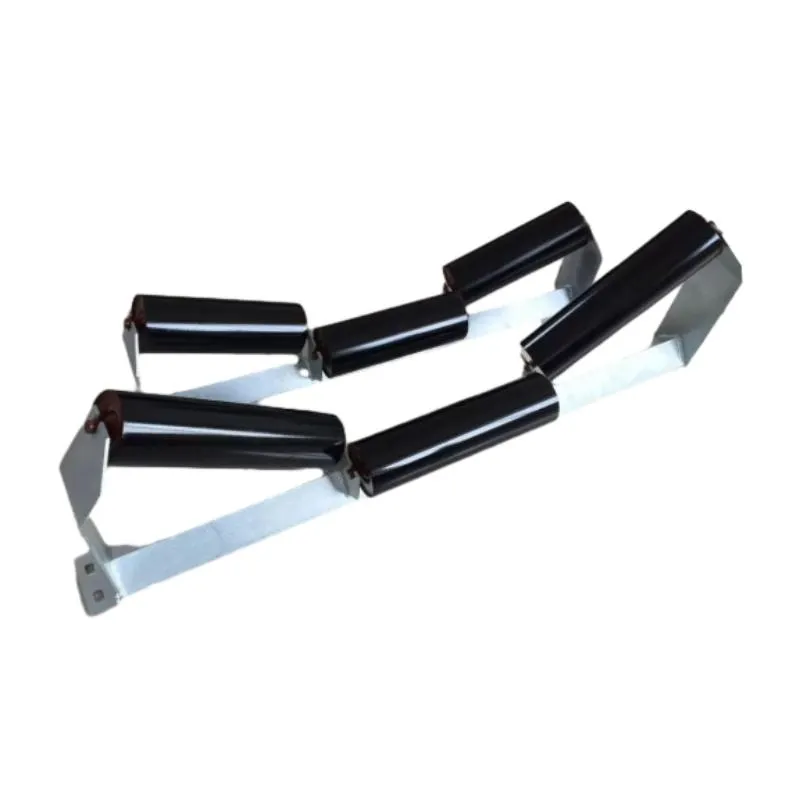 Afrikaans
Afrikaans  Albanian
Albanian  Amharic
Amharic  Arabic
Arabic  Armenian
Armenian  Azerbaijani
Azerbaijani  Basque
Basque  Belarusian
Belarusian  Bengali
Bengali  Bosnian
Bosnian  Bulgarian
Bulgarian  Catalan
Catalan  Cebuano
Cebuano  Corsican
Corsican  Croatian
Croatian  Czech
Czech  Danish
Danish  Dutch
Dutch  English
English  Esperanto
Esperanto  Estonian
Estonian  Finnish
Finnish  French
French  Frisian
Frisian  Galician
Galician  Georgian
Georgian  German
German  Greek
Greek  Gujarati
Gujarati  Haitian Creole
Haitian Creole  hausa
hausa  hawaiian
hawaiian  Hebrew
Hebrew  Hindi
Hindi  Miao
Miao  Hungarian
Hungarian  Icelandic
Icelandic  igbo
igbo  Indonesian
Indonesian  irish
irish  Italian
Italian  Japanese
Japanese  Javanese
Javanese  Kannada
Kannada  kazakh
kazakh  Khmer
Khmer  Rwandese
Rwandese  Korean
Korean  Kurdish
Kurdish  Kyrgyz
Kyrgyz  Lao
Lao  Latin
Latin  Latvian
Latvian  Lithuanian
Lithuanian  Luxembourgish
Luxembourgish  Macedonian
Macedonian  Malgashi
Malgashi  Malay
Malay  Malayalam
Malayalam  Maltese
Maltese  Maori
Maori  Marathi
Marathi  Mongolian
Mongolian  Myanmar
Myanmar  Nepali
Nepali  Norwegian
Norwegian  Norwegian
Norwegian  Occitan
Occitan  Pashto
Pashto  Persian
Persian  Polish
Polish  Portuguese
Portuguese  Punjabi
Punjabi  Romanian
Romanian  Russian
Russian  Samoan
Samoan  Scottish Gaelic
Scottish Gaelic  Serbian
Serbian  Sesotho
Sesotho  Shona
Shona  Sindhi
Sindhi  Sinhala
Sinhala  Slovak
Slovak  Slovenian
Slovenian  Somali
Somali  Spanish
Spanish  Sundanese
Sundanese  Swahili
Swahili  Swedish
Swedish  Tagalog
Tagalog  Tajik
Tajik  Tamil
Tamil  Tatar
Tatar  Telugu
Telugu  Thai
Thai  Turkish
Turkish  Turkmen
Turkmen  Ukrainian
Ukrainian  Urdu
Urdu  Uighur
Uighur  Uzbek
Uzbek  Vietnamese
Vietnamese  Welsh
Welsh  Bantu
Bantu  Yiddish
Yiddish  Yoruba
Yoruba  Zulu
Zulu Conveyor Belt Drive Pulley Systems for Optimal Material Handling Solutions
Understanding Conveyor Drive Pulleys A Key Component in Material Handling Systems
Conveyor systems are an integral part of various industries, from manufacturing to logistics, allowing for the efficient movement of goods and materials. At the heart of these systems lies a crucial component—the conveyor drive pulley. This article explores the functionality, types, and significance of drive pulleys in conveyor systems.
What is a Conveyor Drive Pulley?
A conveyor drive pulley is the component that helps move the conveyor belt, ultimately transporting materials from one location to another. It is typically located at one end of the conveyor system and is connected to a motor, which provides the necessary power to drive the pulley and, consequently, the belt. The drive pulley works by rotating the belt to create motion, pulling materials along the conveyor path.
Types of Conveyor Drive Pulleys
There are several different types of conveyor drive pulleys, each designed to meet specific operational requirements
. The most common types include1. Standard Drive Pulley This is the basic type of drive pulley, featuring a straightforward design. It is equipped with a smooth surface to ensure effective belt movement.
2. Lagged Drive Pulley Unlike standard pulleys, lagged drive pulleys have a textured surface that enhances grip and traction between the pulley and the belt. This design is particularly useful in applications involving heavy loads or inclined belts.
3. Crowned Drive Pulley This type of pulley has a slightly raised center, which helps to keep the belt centered during operation. A crowned design reduces the risk of belt misalignment and extends the lifespan of the conveyor system.
4. Variable Speed Drive Pulley As industries demand more flexibility, variable speed drive pulleys have emerged. They allow for the adjustment of belt speed based on operational requirements, enabling better control over material flow.
conveyor drive pulley

5. Tapered Drive Pulley This pulley design facilitates easier belt installation and removal, making maintenance tasks more manageable. Tapered drive pulleys are often used in systems that require frequent adjustments.
Importance of Drive Pulleys in Conveyor Systems
The significance of drive pulleys cannot be overstated. They play several critical roles, including
- Efficiency Drive pulleys enable smooth movement of the conveyor belt, reducing friction and ensuring efficient material transfer. This efficiency translates to lower operational costs and improved productivity for businesses.
- Reliability A well-designed drive pulley contributes to the overall reliability of the conveyor system. With the right type of pulley in place, companies can minimize downtime and maintenance costs, maximizing the lifespan of their equipment.
- Safety Using appropriate drive pulleys can enhance workplace safety. A well-maintained pulley system is less likely to experience failures or accidents, protecting workers and ensuring compliance with safety regulations.
- Versatility Different types of drive pulleys can be utilized for various applications, from moving lightweight packages to transporting heavy materials. This versatility makes conveyor systems adaptable to various industries, including mining, food processing, and packaging.
Conclusion
Conveyor drive pulleys serve as the backbone of material handling systems, ensuring that operations run smoothly and efficiently. Understanding the different types of drive pulleys and their roles can help organizations select the right components for their conveyor systems. By investing in quality drive pulleys and maintaining them properly, businesses can enhance productivity, improve safety, and ultimately achieve their operational goals. The advancements in drive pulley technology continue to evolve, promising even greater efficiency and reliability in the future of material handling.
-
Trusted Conveyor Solutions from Leading Conveyor Idler Roller ManufacturersNewsJun.27,2025
-
Reliable Return Idler Solutions for Efficient Belt Conveyor SystemsNewsJun.27,2025
-
Precision Conveyor Accessories for Streamlined Material HandlingNewsJun.27,2025
-
High-Quality Belt Conveyor Idler Solutions for Efficient Material HandlingNewsJun.27,2025
-
High-Performance Belt Conveyor Pulleys for Reliable Material HandlingNewsJun.27,2025
-
Enhancing Material Handling EfficiencyNewsJun.27,2025





























